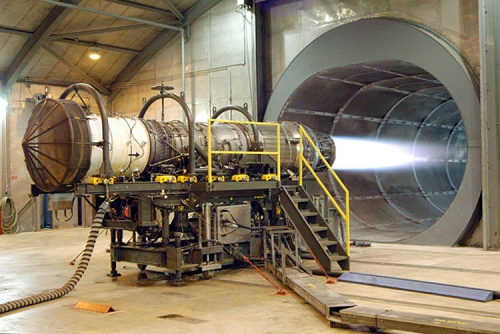Aerospace Engineering
A high school student wrote to me: “I obtain a scholarship to go to Australia to study Aerospace Engineering. I want to know what do I need to prepare for it. Please advise.”
Answer: Aerospace engineers is the general term for people who design, test, and supervise the manufacture of aircraft, spacecraft, and missiles. Those who work with aircraft are called aeronautical engineers, and those working with spacecraft are astronautical engineers. Aerospace engineering is a very broad field with many subfields. Students in this field often specialize in specific areas such as structural design, guidance and navigation control, aerodynamics, engine mechanics, thermodynamics, propulsion, communication, and production methods. Some subfields are also divided into a particular type of aerospace product, such as commercial aircraft, military fighter jets, helicopters, spacecraft, or missiles and rockets, etc.
The aerospace engineering curriculum varies depending on the university but most programs require several engineering courses, along with courses in design, thermodynamics, strengths and materials, and jet propulsion, etc. Besides specific courses, students often spend at least a year learning computer programming, and Computer-Aided Design (CAD). Although most Bachelor’s degree programs are designed for 4 years. However, it often takes an aerospace engineering student about 5 years to complete due to the complex nature of the program.
To prepare for this degree, you need to have a strong background in mathematics (i.e., algebra, geometry, trigonometry, and calculus); science (i.e., chemistry, and physics), and technology (i.e., computer programming and technology). Of course, to study in Australia, you also need good English language skills.
Sources
- Blogs of Prof. John Vu, Carnegie Mellon University
